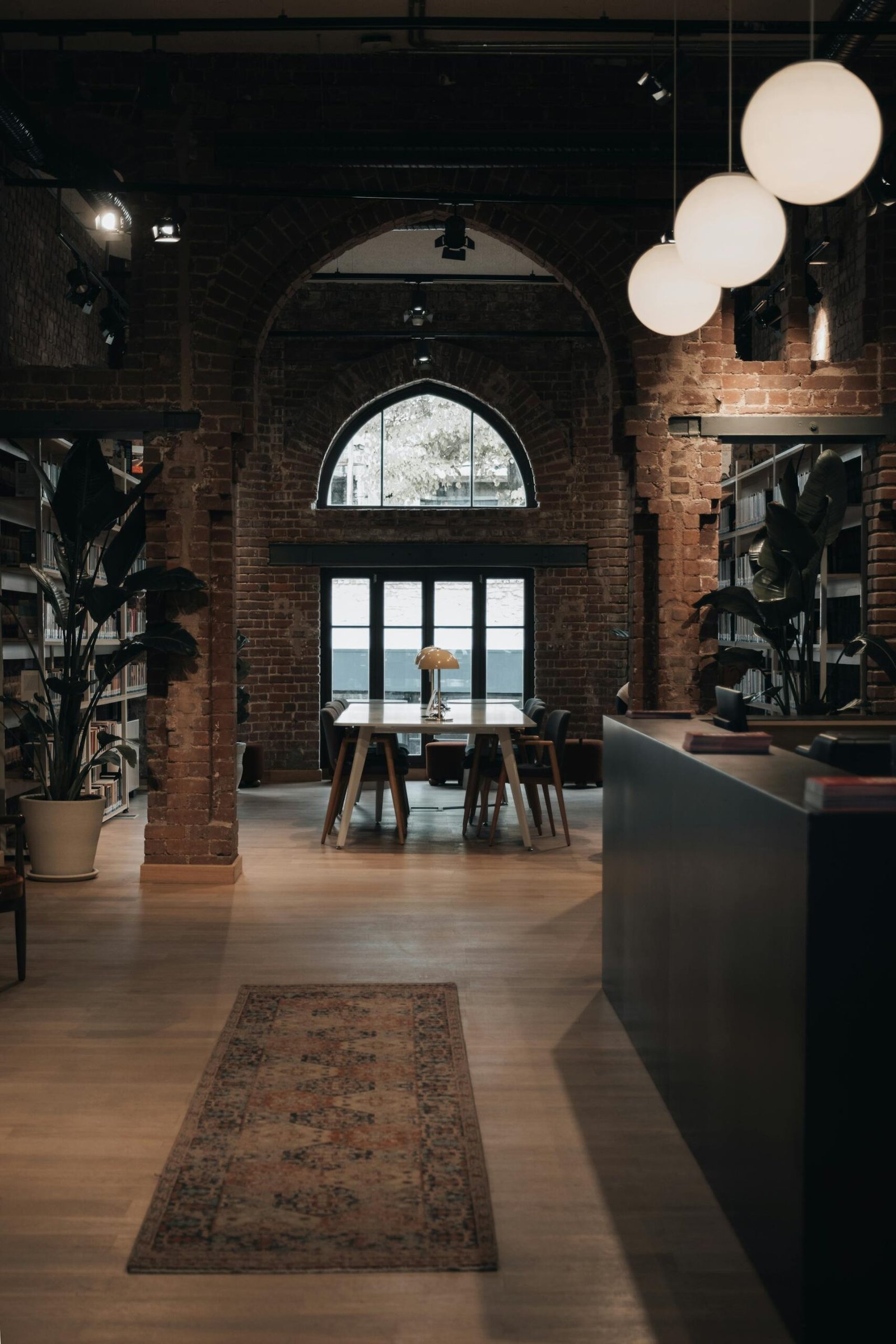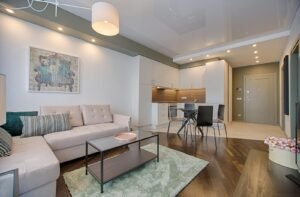Interior design is a perfect blend of beauty and functionality, offering a holistic approach to creating environments that enhance everyday living. It involves designing spaces that are not only visually appealing but also highly practical.
One of the core principles of interior design is balancing form and function. A well-designed space must look aesthetically pleasing while serving its intended purpose. For instance, a living room should be both a comfortable retreat and a welcoming area for guests. Designers carefully choose furniture, layouts, and décor that meet these goals.
Another important aspect of interior design is using materials and textures to add depth and interest to a room. Mixing wood, metal, fabric, and glass creates layers that enhance the overall design. The combination of hard and soft elements gives a space warmth and character, making it more inviting.
Interior designers also pay close attention to how spaces flow. Open floor plans, clear pathways, and intuitive layouts improve the functionality of a home. This seamless flow is essential for creating comfortable living environments, especially in homes with limited square footage.
At its core, interior design is about creating harmony between the elements of a space. From color schemes and lighting to furniture placement and décor, each decision is carefully curated to meet the needs and tastes of the people inhabiting the space.




